
Timeless Beauty of Wat Chaiwatthanaram
Discover the timeless beauty of Wat Chaiwatthanaram in Ayutthaya, a stunning temple complex that offers a glimpse into Thailand's rich history and cultural heritage.
Nestled along the scenic banks of the Chao Phraya River, Wat Chaiwatthanaram stands as a remarkable testament to Thailand's rich cultural heritage. This iconic temple, constructed in 1630 by King Prasat Thong, was built to honor his mother and to mark the beginning of the Ayutthaya Kingdom's golden era. The temple's grand design, inspired by the Khmer style, features a central prang (tower) surrounded by smaller prangs and a series of intricately designed chedis (stupas), creating an awe-inspiring sight that captures the imagination of visitors. As you wander through the temple grounds, you'll be struck by the intricate carvings and the serene atmosphere that permeates the area. The temple is especially enchanting at sunset, when the fading light casts a warm glow on the ancient structures, making it a photographer's dream. The expansive grounds also offer plenty of space to explore and reflect, providing a peaceful retreat from the bustling modern world. Wat Chaiwatthanaram is not just a visual feast; it is a place steeped in history and spirituality. The temple was once a royal monastery and has witnessed countless historical events, making it a fascinating destination for history buffs. Whether you're an avid photographer, a history enthusiast, or simply someone seeking tranquility, Wat Chaiwatthanaram offers a unique and enriching experience that will leave a lasting impression.
Local tips in Wat Chaiwatthanaram
- Visit early in the morning or late afternoon to avoid the crowds and experience the temple in a more serene setting.
- Bring a hat and sunscreen as the temple grounds offer limited shade.
- Wear respectful clothing, covering shoulders and knees, as it is a religious site.
- Consider hiring a local guide to gain deeper insights into the temple's history and significance.
- Bring a camera or smartphone to capture the stunning architecture and picturesque views, especially at sunset.
Timeless Beauty of Wat Chaiwatthanaram
Nestled along the scenic banks of the Chao Phraya River, Wat Chaiwatthanaram stands as a remarkable testament to Thailand's rich cultural heritage. This iconic temple, constructed in 1630 by King Prasat Thong, was built to honor his mother and to mark the beginning of the Ayutthaya Kingdom's golden era. The temple's grand design, inspired by the Khmer style, features a central prang (tower) surrounded by smaller prangs and a series of intricately designed chedis (stupas), creating an awe-inspiring sight that captures the imagination of visitors. As you wander through the temple grounds, you'll be struck by the intricate carvings and the serene atmosphere that permeates the area. The temple is especially enchanting at sunset, when the fading light casts a warm glow on the ancient structures, making it a photographer's dream. The expansive grounds also offer plenty of space to explore and reflect, providing a peaceful retreat from the bustling modern world. Wat Chaiwatthanaram is not just a visual feast; it is a place steeped in history and spirituality. The temple was once a royal monastery and has witnessed countless historical events, making it a fascinating destination for history buffs. Whether you're an avid photographer, a history enthusiast, or simply someone seeking tranquility, Wat Chaiwatthanaram offers a unique and enriching experience that will leave a lasting impression.
Iconic landmarks you can’t miss
Wat Yai Chai Mongkhon
Explore the serene beauty of Wat Yai Chai Mongkhon, a historical Buddhist temple in Ayutthaya, where spirituality meets stunning architecture.
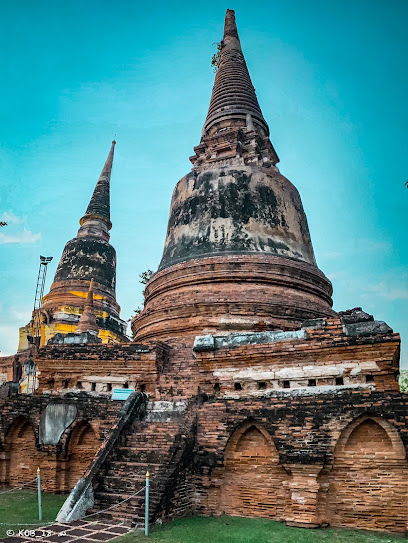
Wat Chaiwatthanaram
Discover the mesmerizing beauty of Wat Chaiwatthanaram, a historic Buddhist temple that captures the essence of Thailand's rich cultural heritage.

Wat Lokkayasutha
Discover the tranquil beauty of Wat Lokkayasutha, home to a majestic reclining Buddha and a serene atmosphere in the heart of Ayutthaya, Thailand.
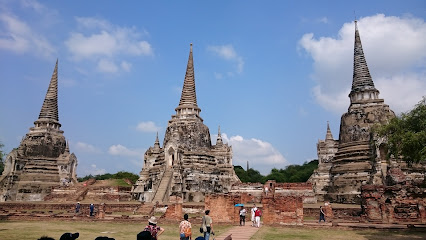
Wat Phutthaisawan
Discover the serene beauty and rich history of Wat Phutthaisawan, a captivating Buddhist temple in the heart of Ayutthaya.
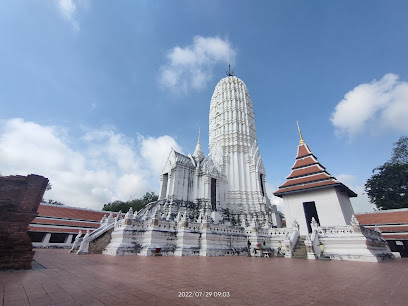
Wat Ratcha Burana
Explore Wat Ratcha Burana, a historic Buddhist temple in Ayutthaya, rich with culture and stunning architecture, perfect for every traveler.
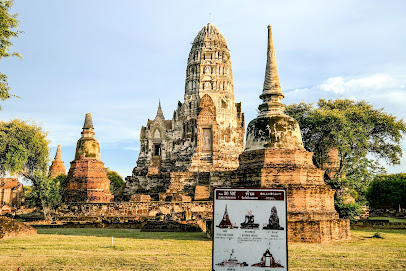
Siriyalai Palace
Explore the stunning Siriyalai Palace, a historical treasure in Ayutthaya, where royal heritage meets breathtaking architecture and serene gardens.
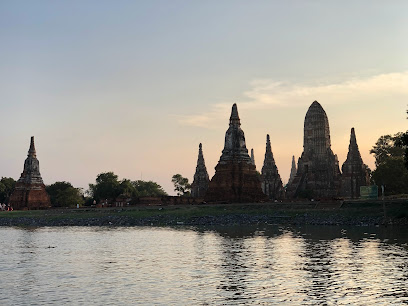
The Ruins of Wat Chai Watthanaram
Explore the enchanting Wat Chai Watthanaram, a UNESCO World Heritage Site in Ayutthaya, showcasing stunning architecture and rich Thai history.
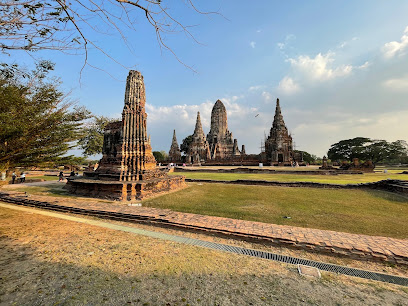
Wat Wang Chai
Explore the serene beauty and rich history of Wat Wang Chai, a remarkable historical landmark in Ayutthaya, Thailand.
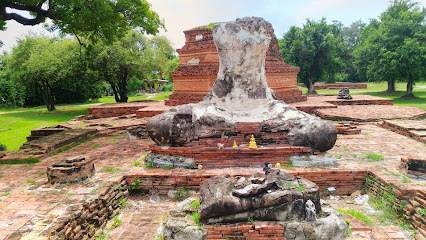
พระอุโบสถ วัดไชยวัฒนาราม
Discover the majestic Wat Phra Si Sanphet, a historically rich temple in Ayutthaya showcasing stunning architecture and the essence of Thai spirituality.
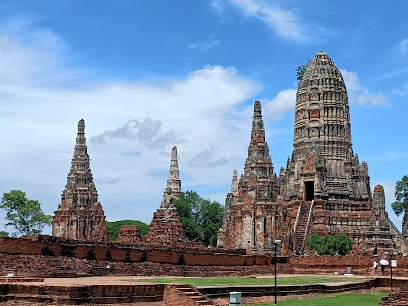
Wat Maha Saman
Discover the serene beauty and rich history of Wat Maha Saman, a spiritual landmark in the heart of Ayutthaya's ancient temples.
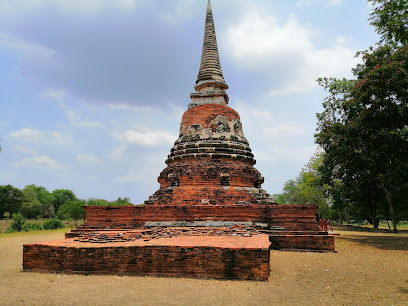
Unmissable attractions to see
Wat Yai Chai Mongkhon
Explore Wat Yai Chai Mongkhon, an iconic Buddhist temple in Ayutthaya, featuring stunning architecture and rich cultural history.
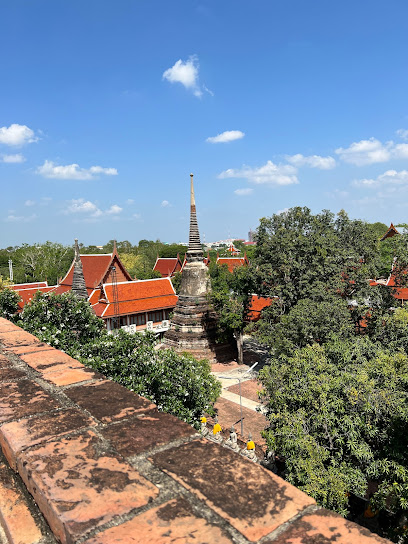
Wat Chaiwatthanaram
Explore the historical depths of Wat Chaiwatthanaram, a stunning Buddhist temple in Ayutthaya, where architecture meets rich cultural heritage.
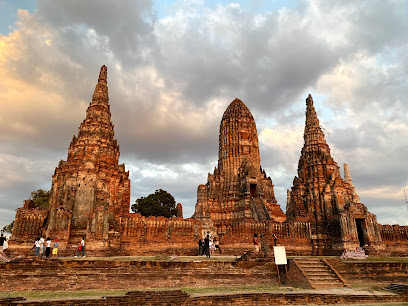
Wat Tha Ka Rong
Discover the tranquility and beauty of Wat Tha Ka Rong, a hidden gem in Ayutthaya's rich cultural landscape.

Ayutthaya Elephant Palace & Royal Kraal
Discover the magic of elephants at Ayutthaya Elephant Palace & Royal Kraal, a perfect blend of cultural insight and unforgettable wildlife encounters.
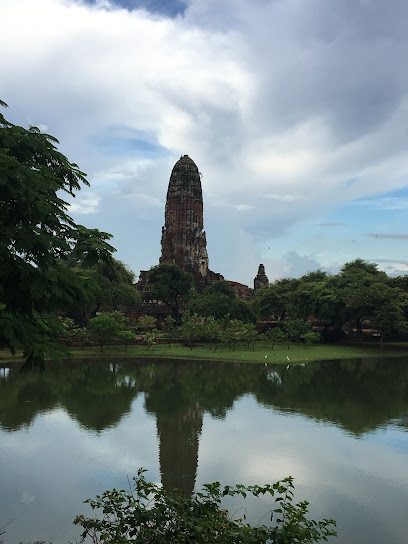
Siriyalai Palace
Explore the timeless elegance of Siriyalai Palace in Ayutthaya, where royal history and stunning architecture come together in a serene setting.
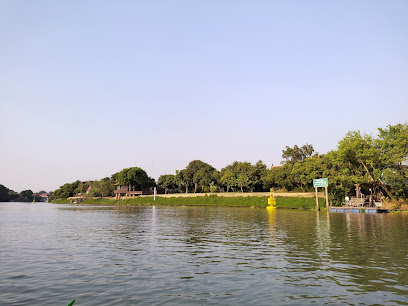
The Ruins of Wat Chai Watthanaram
Explore the breathtaking ruins of Wat Chai Watthanaram, a UNESCO World Heritage Site showcasing the beauty and history of Ayutthaya, Thailand.

Ayutthaya Luv Musée
Explore the historical treasures of Ayutthaya Luv Muséee, a key attraction showcasing Thailand's rich cultural heritage.
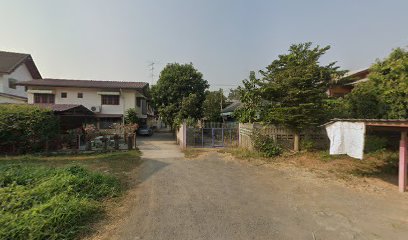
Essential places to dine
Ayutthaya Retreat
Discover exquisite Thai cuisine at Ayutthaya Retreat amidst the rich historical backdrop of Thailand's ancient capital.
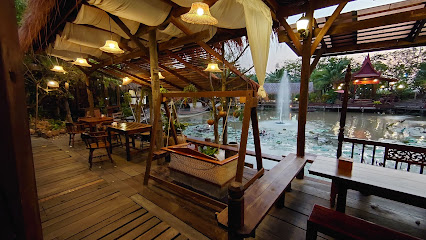
De Riva Ayothaya
Experience authentic Thai cuisine at De Riva Ayothaya while enjoying stunning views of historic ruins in beautiful Ayutthaya.

Mong Doo Ruea
Discover authentic Thai flavors at Mong Doo Ruea, an exquisite restaurant in historic Ayutthaya offering traditional dishes in a vibrant setting.
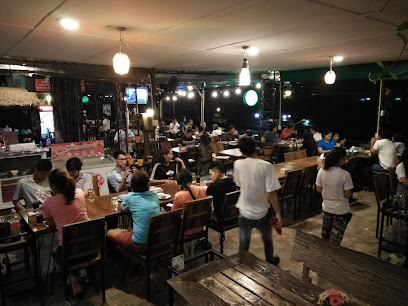
Thanam View Restaurant Ayutthaya
Experience authentic Thai cuisine with stunning riverside views at Thanam View Restaurant in Ayutthaya.

Ayutthayarom Restaurant
Discover authentic Thai cuisine at Ayutthayarom Restaurant in Phra Nakhon Si Ayutthaya—where tradition meets taste.
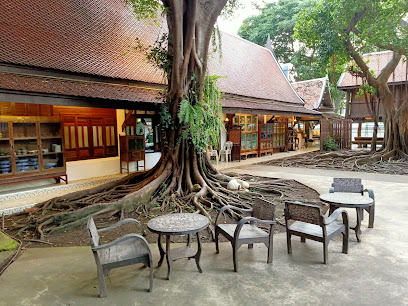
Kaowlaor
Experience authentic Thai cuisine at Kaowlaor in Ayutthaya – where every meal is a flavorful journey into Thailand's rich culinary heritage.
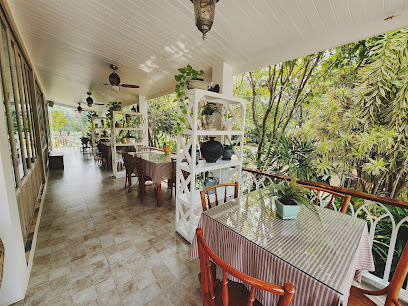
Baan Watcharachai
Discover the authentic taste of Thailand at Baan Watcharachai, a must-visit restaurant in historic Ayutthaya offering delicious local dishes.
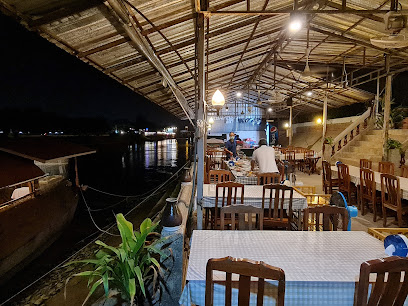
Thao Ka Lao Restaurant
Experience authentic Thai cuisine at Thao Ka Lao Restaurant in Ayutthaya - where tradition meets taste in every dish.
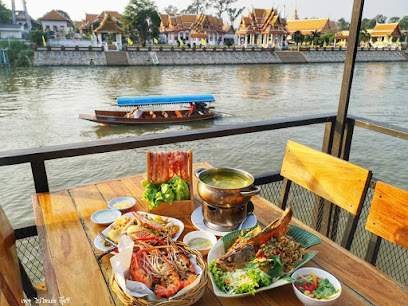
Eatery and Bar - ห้องอาหารอีเทอรี่ แอนด์ บาร์
Experience authentic Thai flavors at Ayutthaya's Eatery and Bar - where tradition meets culinary excellence.
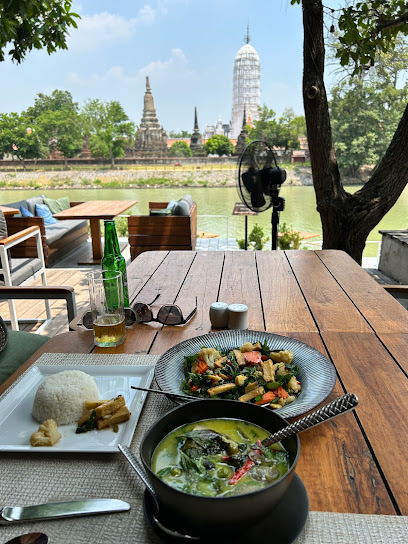
Singha Cafe
Experience authentic Thai flavors at Singha Cafe in historic Ayutthaya – a culinary oasis surrounded by ancient wonders.
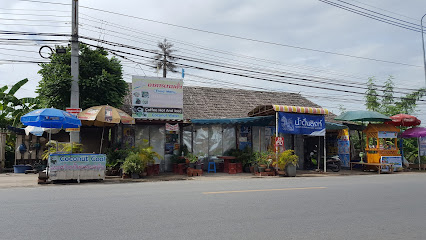
Markets, malls and hidden boutiques
Wat Chaiwatthanaram
Discover the breathtaking beauty and rich history of Wat Chaiwatthanaram, a stunning Buddhist temple in Ayutthaya, Thailand.
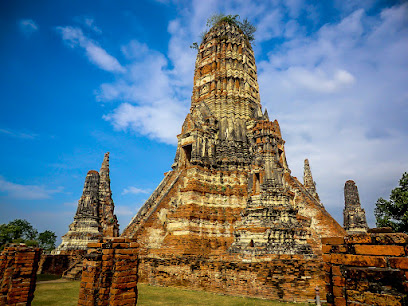
Ayothaya Floating Market
Immerse yourself in the vibrant culture and delicious flavors at Ayothaya Floating Market, a unique destination for tourists in Thailand.
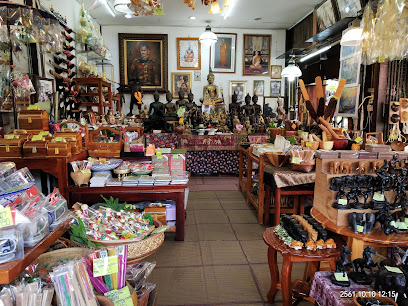
Central Ayutthaya
Discover the perfect blend of shopping and culture at Central Ayutthaya, a vibrant mall where the past and present harmoniously coexist.
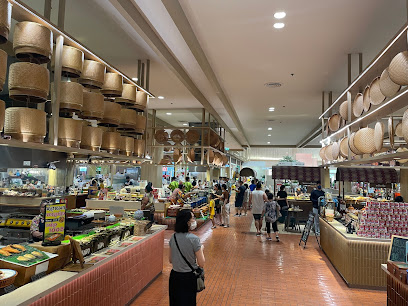
Robinson Department Store Ayutthaya 2
Robinson Department Store Ayutthaya: A shopper's paradise in the heart of Thailand, offering a mix of local and international brands in a modern setting.
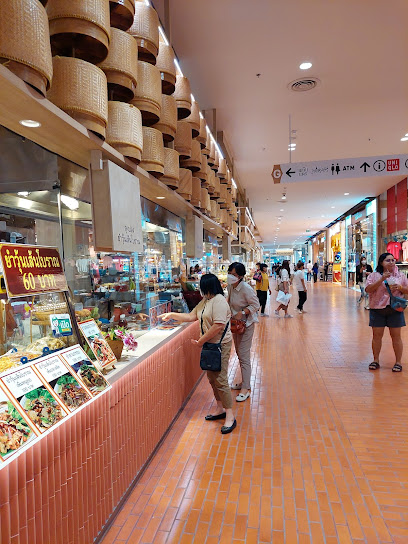
420 Exclusive Cannabis Shop Ayutthaya (ร้านกัญชา อยุธยา)
Explore the best cannabis products at 420 Exclusive Cannabis Shop, Ayutthaya’s premier destination for cannabis enthusiasts.
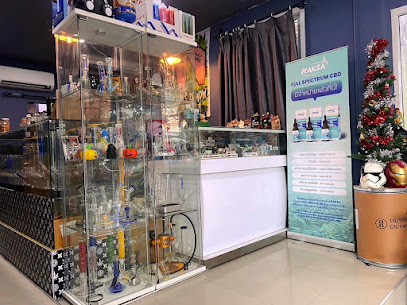
ขายกระรอกหลากสี อยุธยา Squirrel Shop
Discover a vibrant pet store in Ayutthaya, specializing in colorful squirrels and offering a unique experience for animal lovers and tourists.
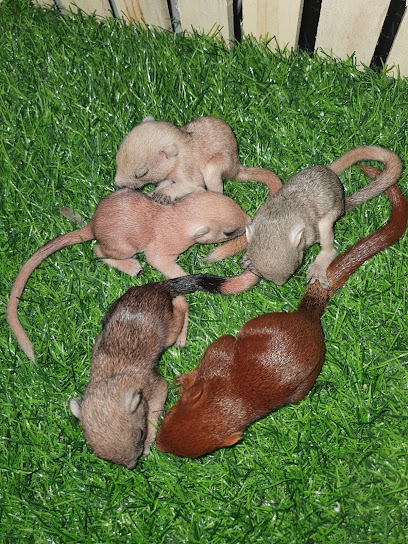
ร้านชื่นชีวาชุดไทย
Discover the charm of traditional Thai attire at Chan Chiva Thai Costume Shop, a cultural gem in the heart of Ayutthaya.

สุขสว่าง
Explore the charm of Sukhsawang, a local store in Ayutthaya offering authentic Thai goods and a warm, inviting atmosphere.
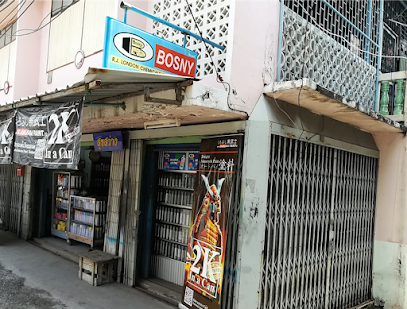
Iyara
Discover the essence of Thai culture and craftsmanship at Iyara, a local store in Phra Nakhon Si Ayutthaya offering unique handmade treasures.
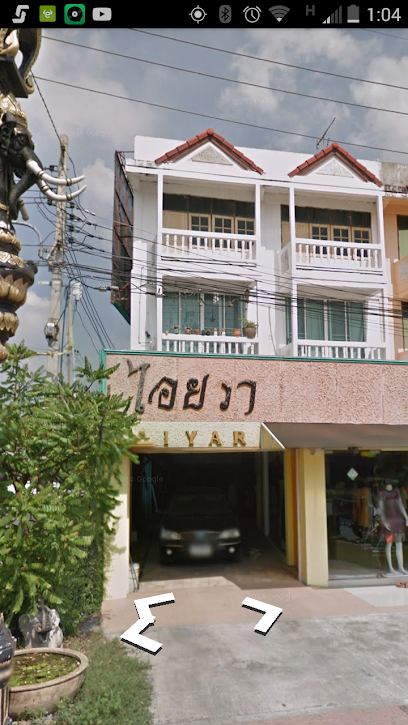
ห้องภาพวันวาน(หน้าวัดไชยวัฒนาราม)
Immerse Yourself in Culture at ห้องภาพวันวาน: The Quintessential Shopping Experience in Ayutthaya.

Essential bars & hidden hideouts
BROWN ALE AYUTTHAYA
Discover the essence of Ayutthaya at Brown Ale, a lively bar offering local flavors, delightful drinks, and a vibrant atmosphere perfect for relaxation.

Planet Earth Bar & Restaurant
Discover Planet Earth Bar & Restaurant in Phra Nakhon Si Ayutthaya, where vibrant nightlife meets exquisite local and international cuisine.
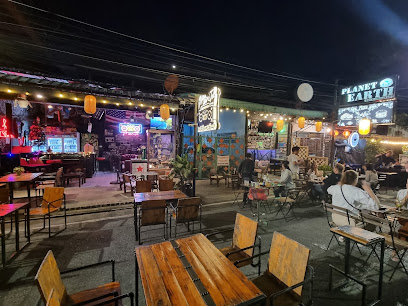
Camping Bar Ayutthaya
Discover the perfect blend of relaxation and local flavor at Camping Bar Ayutthaya, where every sip and bite tells a story.
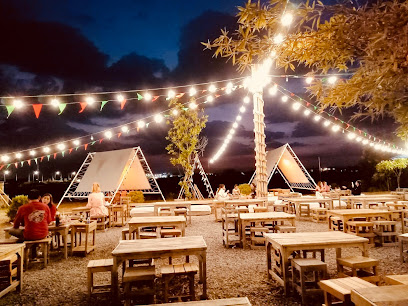
Khaosan Bar Ayutthaya
Discover the lively atmosphere of Khaosan Bar Ayutthaya, where local charm meets vibrant nightlife in the heart of Thailand's historical city.

Red Cup Bar&Restaurant
Experience the vibrant nightlife and delicious cuisine at Red Cup Bar & Restaurant in Ayutthaya, a perfect blend of local culture and culinary delights.

คงเจริญ Bar & Rooftop
Discover the perfect blend of stunning views and vibrant nightlife at คงเจริญ Bar & Rooftop in Ayutthaya.

Eatery and Bar - ห้องอาหารอีเทอรี่ แอนด์ บาร์
Experience the rich flavors of Thai cuisine at Eatery and Bar in Ayutthaya, where culture and culinary delight come together.
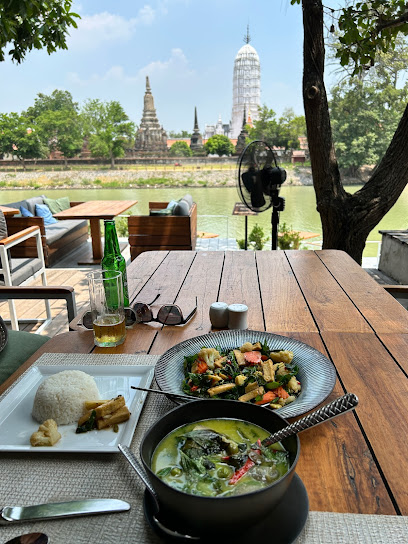
SEEN
Experience the vibrant nightlife at SEEN, a top bar in Ayutthaya, offering delicious drinks and a lively atmosphere for all tourists.
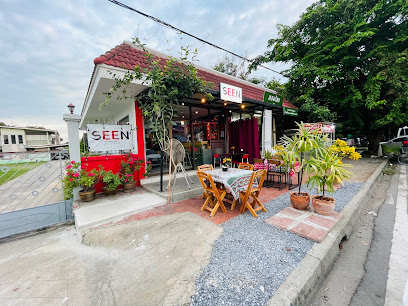
Monita Craft Beer & Beef
Discover the perfect blend of craft beers and delicious beef dishes at Monita Craft Beer & Beef in Ayutthaya, Thailand.
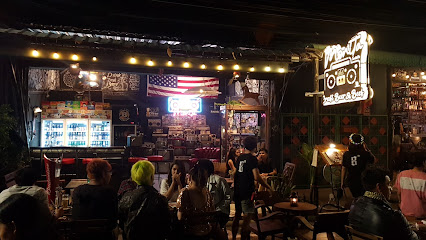
Kith
Kith: A serene bar in Ayutthaya offering a perfect blend of relaxation and local flavor in a charming atmosphere.

Local Phrases
-
- Helloสวัสดี
[sawasdee] - Goodbyeลาก่อน
[laa kon] - Yesใช่
[chai] - Noไม่
[mai] - Please/You're welcomeโปรด/ยินดีต้อนรับ
[proht/yin dee dton rub] - Thank youขอบคุณ
[kop khun] - Excuse me/Sorryขอโทษ
[kor toht] - How are you?สุขสันต์หรือยัง
[suk san reu yang] - Fine. And you?สบายดี คุณละ
[sabai dee kun la] - Do you speak English?คุณพูดภาษาอังกฤษได้ไหม
[kun poot paa saa ang grit dai mai] - I don't understandฉันไม่เข้าใจ
[chan mai kao jai]
- Helloสวัสดี
-
- I'd like to see the menu, pleaseฉันอยากดูเมนู โปรด
[chan yak doo menu proht] - I don't eat meatฉันไม่กินเนื้อ
[chan mai gin nuea] - Cheers!ชนเน้
[chon ne] - I would like to pay, pleaseฉันอยากจ่ายเงิน โปรด
[chan yak jai ngern proht]
- I'd like to see the menu, pleaseฉันอยากดูเมนู โปรด
-
- Help!ช่วยด้วย
[chuai dooay] - Go away!ไปไกลๆ
[pai klai klai] - Call the Police!โทรตำรวจ
[toh tamruat] - Call a doctor!โทรหมอ
[toh mor] - I'm lostฉันสูญหาย
[chan soon hai] - I'm illฉันไม่สบาย
[chan mai sabai]
- Help!ช่วยด้วย
-
- I'd like to buy...ฉันอยากซื้อ...
[chan yak sue...] - I'm just lookingฉันแค่ดูอย่างเดียว
[chan kae doo yang diao] - How much is it?ราคาเท่าไหร่
[ra kaa tao rai] - That's too expensiveแพงเกินไป
[paeng gein pai] - Can you lower the price?ลดราคาได้ไหม
[lot ra kaa dai mai]
- I'd like to buy...ฉันอยากซื้อ...
-
- What time is it?ตอนนี้กี่โมง
[ton nee kee mong] - It's one o'clockเป็นโมงที่หนึ่ง
[pen mong tee neung] - Half past (10)ห่าง โมงสิบ
[hang mong sip] - Morningเช้า
[chao] - Afternoonบ่าย
[bai] - Eveningเย็น
[yen] - Yesterdayเมื่อวาน
[meua wan] - Todayวันนี้
[wan nee] - Tomorrowพรุ่งนี้
[proong nee] - 1หนึ่ง
[neung] - 2สอง
[song] - 3สาม
[sam] - 4สี่
[see] - 5ห้า
[ha] - 6หก
[hok] - 7เจ็ด
[jet] - 8แปด
[paet] - 9เก้า
[gao] - 10สิบ
[sip]
- What time is it?ตอนนี้กี่โมง
-
- Where's a/the...?...อยู่ที่ไหน
[...yu tee nai] - What's the address?ที่อยู่คืออะไร
[tee yu keu arai] - Can you show me (on the map)?คุณแสดงให้ฉันได้ไหม
[kun sa dang hai chan dai mai] - When's the next (bus)?รถเมล์ต่อไปเมื่อไหร่
[rot mel tor bai meua rai] - A ticket (to ....)ตั๋ว (ไปยัง...)
[dtua (bpai yang...)]
- Where's a/the...?...อยู่ที่ไหน
History of Wat Chaiwatthanaram
-
Wat Chaiwatthanaram was founded in 1630 by King Prasat Thong, serving as a royal temple dedicated to his mother. Its design is a prime example of classic Ayutthaya architecture, heavily influenced by Khmer styles. The temple's layout, which features a central prang surrounded by smaller chedis, symbolizes Mount Meru, the center of the universe in Buddhist cosmology.
-
The temple was not only a place of worship but also a symbol of the king's power and lineage. It served as a backdrop for royal ceremonies and significant Buddhist festivals, reflecting the deep intertwining of religion and monarchy in Ayutthaya's culture.
-
In 1767, the Burmese army besieged Ayutthaya, leading to the city's fall and the destruction of many of its temples, including Wat Chaiwatthanaram. The temple remained in ruins for centuries, embodying the tragic fate of the once-thriving capital of the Kingdom of Siam.
-
Beginning in the late 20th century, restoration efforts were initiated to preserve Wat Chaiwatthanaram. Recognizing its historical significance, both Thai authorities and international organizations have worked to restore the temple, making it a focal point for cultural tourism and education about Ayutthaya's heritage.
-
In 1991, the historical city of Ayutthaya, including Wat Chaiwatthanaram, was designated a UNESCO World Heritage Site. This status not only aids in preservation efforts but also highlights the temple's importance as a cultural landmark that represents the zenith of Siamese civilization during the Ayutthaya period.
Wat Chaiwatthanaram Essentials
-
Wat Chaiwatthanaram is located approximately 3 kilometers from the Ayutthaya Historical Park. Visitors can reach the site by taking a tuk-tuk or taxi from the park, which typically costs around 60-100 THB. Alternatively, you can rent a bicycle from various shops in the park and enjoy a leisurely ride along the scenic routes, which takes about 15-20 minutes.
-
The best way to explore Wat Chaiwatthanaram and its surroundings is by bicycle, as the area is relatively flat and bike-friendly. Many rental shops offer bicycles for a reasonable price. Local tuk-tuks are also available for hire and can take you to nearby attractions. If you prefer public transport, local songthaews (shared taxis) operate between major sites in Ayutthaya, but schedules may vary.
-
Wat Chaiwatthanaram is generally a safe area for tourists. However, as with any tourist destination, it's advisable to remain vigilant. Avoid isolated areas, especially at night, and keep your belongings secure. There are no specific high-crime areas in Ayutthaya, but petty theft can occur in crowded places. Always be cautious and trust your instincts.
-
In case of an emergency, dial 191 for police assistance or 1669 for medical emergencies. The nearest hospital, Ayutthaya Hospital, is located about 5 kilometers from Wat Chaiwatthanaram. It's recommended to have travel insurance that covers medical emergencies. In case of minor health issues, local pharmacies are available for basic over-the-counter medications.
-
Fashion: Do dress modestly, especially when visiting temples. Avoid shorts, tank tops, and revealing clothing. Religion: Do respect local customs; remove your shoes before entering temple areas. Public Transport: Do be polite and offer your seat to those in need. Don't engage in loud conversations. Greetings: Do greet locals with a smile and a slight bow. Eating & Drinking: Do try local foods at nearby markets. Don't eat or drink in sacred areas.
-
To experience Wat Chaiwatthanaram like a local, visit during the early morning or late afternoon to avoid crowds and enjoy the cooler temperatures. Bring a small picnic to enjoy in the gardens surrounding the temple. Engage with local vendors who sell handmade crafts and snacks. If you have time, consider visiting nearby temples such as Wat Phu Khao Thong for a less touristy experience.
Nearby Cities to Wat Chaiwatthanaram
-
Things To Do in Bangkok
-
Things To Do in Samut Prakan
-
Things To Do in Kanchanaburi
-
Things To Do in Pattaya
-
Things To Do in Nakhon Ratchasima
-
Things To Do in Rayong
-
Things To Do in Hua Hin
-
Things To Do in Trat
-
Things To Do in Sukhothai
-
Things To Do in Battambang
-
Things To Do in Loei
-
Things To Do in Siem Reap
-
Things To Do in Koh Kong
-
Things To Do in Udon Thani
-
Things To Do in Hpa-An








